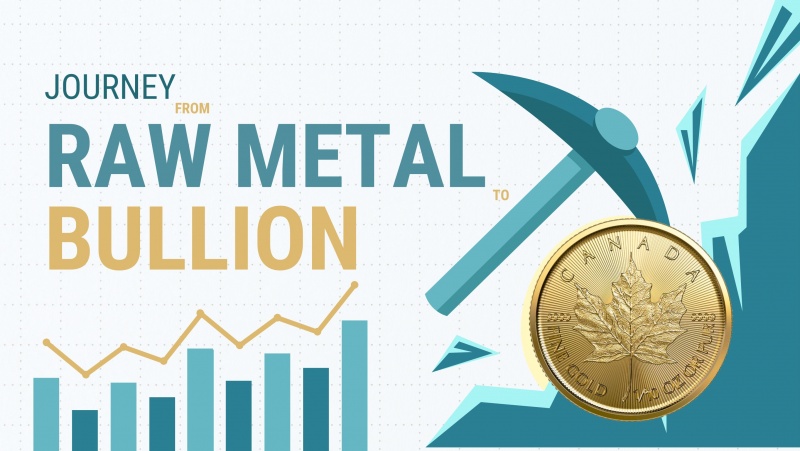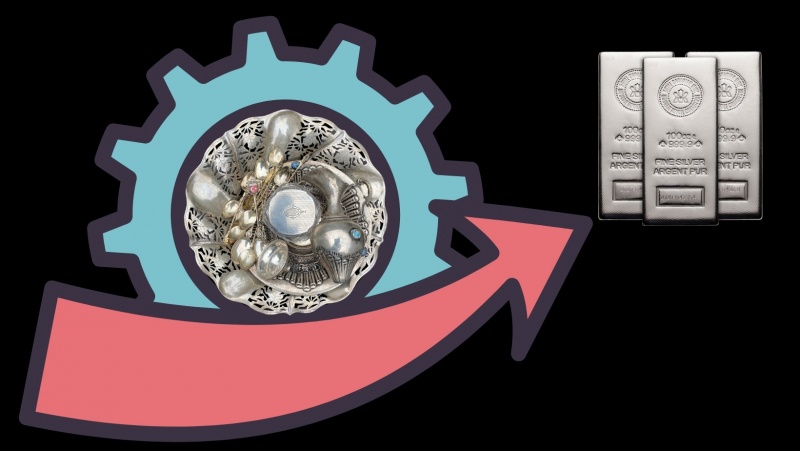Improved Recovery of Gold and Silver from Electronic Waste
More gold and silver can now be retrieved from electronic waste because of recent advancements in extraction methods. Conventional smelting techniques are being replaced by innovative hydrometallurgical technologies, which enable the selective recovery of important metals at lower expenses and in a more ecologically responsible manner.
- Thiosulfate leaching is one innovative method demonstrating promise. Thiosulfate is non-toxic and dissolves gold not affecting other metals, in contrast to cyanide.
- Another environmentally acceptable method of recovering gold from e-waste is bioleaching, which employs microorganisms to break down metals.
- To optimize the feedstock for downstream processing, sorters may distinguish high-gold content items from low-grade e-waste by utilizing X-ray fluorescence to detect gold inside components.
With more innovation, precious metals from e-waste may become a moral and sustainable supply. Sophisticated sorting processes paired with environmentally acceptable extraction methods will maximize the value of this important urban mine.
Innovations in Platinum and Palladium Extraction from Catalytic Converters
We are currently recovering platinum, palladium, and other metals from difficult sources that are secondary, which were previously believed to be impossible, thanks to improvements in precious metals extraction. As an example, catalytic converters have earned a reputation for being tricky to extract from, with recovery rates using conventional processing techniques falling below 50%. But entirely novel inventions are shaking up the rules.
- Greater recovery rates from autocatalysis are made achievable by hydrometallurgical methods, which employ aqueous solutions to extract metals from ores and materials that can be recycled.
- Bioleaching is another cutting-edge strategy. By identifying even trace levels of platinum and palladium, new magnetic sorting innovations improve the feed quality for future hydrometallurgical or bioleaching processes.
Therefore, before you put away that old catalytic converter, think again—it might be worth more than you think!
Advancements in Extracting Precious Metals from Jewellery Manufacturing Scrap
The production of jewellery results in tonnes of waste metal each year, some of which still contains valuable metals like gold, silver, and platinum. These metals can now be extracted thanks to recent developments.
- Plasma processing is one innovative new technique that shows promise. The method melts down scrap metal into a liquid state using a tremendous amount of heat from ionized gas.
- Biomining is another cutting-edge technique that makes use of microorganisms to aid in the breakdown of waste materials and the release of precious metals.
- Furthermore, some businesses use X-ray fluorescence or laser-induced breakdown spectroscopy to perform sensor-based sorting apparatus. The entire extraction process is sped up and costs reduce with sensor-based sorting.
Recovery and reuse of our planet’s valuable resources have a bright future.
Promising Developments in Recovering Precious Metals from Photographic Films
There is still a significant quantity of silver trapped in old films and sheets, even though film photography has decreased with the popularity of digital cameras.
- Some of these microorganisms, it has been found by scientists, also enjoy the compounds and salts of silver. Up to 95% of the silver can be retrieved by subjecting discarded film and photo paper to these bacteria that love silver.
- Silver particles stuck in emulsions and film bases can be shaken free using high-power ultrasonic waves. The silver ions are then rinsed away in a chemical solution after becoming loose.
- Used paper and film could potentially be broken down at the molecular level by plasma exposure, releasing the silver for recovery. Plasma is an ionized gas.







